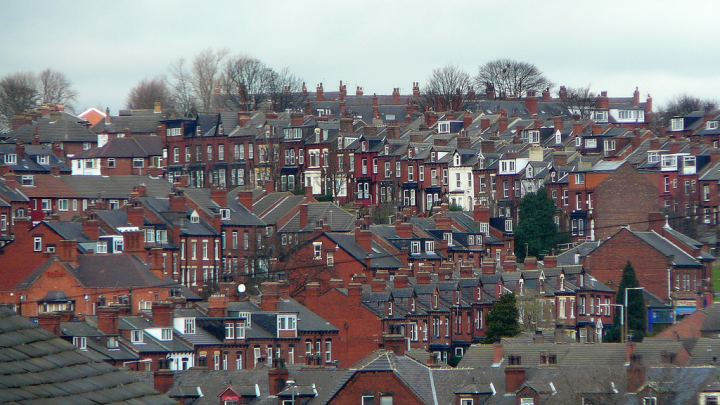
The robotics research project is funded with £4.2M ($6.5M) of national funds, focusing on autonomous machines that would fix infrastructure issues across the city of Leeds, and perhaps, eventually, beyond. Leeds’ robot fleet will focus on robotic fixes for citywide issues like burst or damaged utility pipes, broken or nonfunctional street lights, and road fractures that disturb drivers on their way to anywhere.
Three main branches of the project cover the functions of the Leeds robots: Perch and Repair; Perceive and Patch; and Fire and Forget. The Perch and Repair segment covers research into robotic drones that can land, or “perch” like birds atop tall structures like street lamps or building-mounted civil structures. The Perceive and Patch team leads research into drones that can survey popular roads or even particularly dangerous ones in order to identify and repair potholes where they exist, and in the future, even prevent them before they occur.

Finally, the Fire and Forget function covers a general infrastructure segment of Leeds’ proposed robotic repair fleet. Research into Fire and Forget would handle inspection and metering jobs for utility lines, theoretically including all gas, water, and electricity networks throughout the city of Leeds. These robots would also be able to perform repairs, although much of their function would most likely be focused on reporting, with the goal of avoiding repairs until they’re truly necessary.
In all three functions, Professor Phil Purnell and his Civil Engineering research team at Leeds University are focusing on preventative measures so that effective early detection could eliminate disruptions to the city’s infrastructure and heavy street traffic. Leeds City Council is also working with the UK Collaboration for Research in Infrastructure and Cities to ensure that the robots are also collaborating on the project, which is officially called “Balancing the impact of City Infrastructure Engineering on Natural systems using Robots”. With these three major players heading up the robotics effort, city officials will also be able to measure the impact of the project on the city’s social, environmental, political, and economic spheres, tracking effectiveness over time.
Surely the successful development of this robotic repair fleet in Leeds would be a huge benefit for city in terms of safety, reliability, and efficiency. But stories like these also raise red flags for critics of the future of robotics, and fuel the fear that drones and autonomous machines might one day take over the world. Would a fleet of robotic civil servant drones make Leeds safer and help the city run smoother? Or does it just eliminate a few hundred jobs a year until humans are even further on their way to obsolescence?


